15 reasons why I ski
Ski bum manifesto: justifying the financial, physical, logistical, environmental, and other downsides to sliding downhill on snow
There are so many reasons not to ski.
It’s expensive at every turn: the gear, the travel, the lift tickets, the opportunity cost of not making money to pay for the aforementioned items.
Traffic and crowds at resorts can be unavoidable, especially when the snow conditions are the best.
The weather is sometimes miserable, with frigid temperatures, howling winds, and poor visibility making downhill skiing downright uncomfortable.
The environmental footprint is massive, including clear-cutting forests, using water/energy to make snow, and emitting travel-related greenhouse gases that exacerbate climate change.
Serious injuries always lurk in an inherently dangerous sport. As the saying goes, “Skiing is the only sport where you spend an arm and a leg to break an arm and a leg!”
I hate waking up early, I loathe lift lines, and I relish the sensation of removing my $700 boots after a long day on the mountain.
So why do I and millions of others do it? Why do we put up with so many financial, physical, logistical, and environmental downsides just to slide on snow?
I’ve questioned my own dedication to skiing (and snowboarding) while sitting in a pre-dawn parking lot on an interstate highway, while flirting with hypothermia/frostbite on a stalled chairlift, and while looking at my credit card statement after paying for a season pass or new equipment.
Yet I keep coming back to it, year after year. Below are 15 reasons why I’m so committed. These ideas and justifications are in no particular order—at any moment, any of them could be top of mind.
1. Freedom
When I hear people wax rhapsodic about skiing, one word that frequently comes up is “freedom.” Whether you’re at a resort or in the backcountry, so many possibilities lie before you as you stand at the top of a slope and prepare to choose your own adventure.
Granted, you may go through hell to reach alpine nirvana. As they say, “freedom isn’t free.” At the bottom of a chairlift, it’s easy to feel like livestock as you shuffle through the maze of ropes. Even before you reach a resort, the roads frequently become clogged, and the chronic cluster on Colorado’s infamous I-70 was a prime motivator for our family to move from Denver to Durango in 2021.
But once I’m up on the mountain, I feel a sense of agency and independence that’s often sorely lacking in other parts of my life. Not only do you get to pick your own path, but also you can express your individuality in how you ski—short turns, long turns, or no turns at all! It doesn’t matter whether it’s a classic powder day or an early-season foray on artificial snow: the point is that I get to point my planks whichever way I want and do my own damn thing.
As a certified alpine ski instructor, I know that there’s an official definition of the right and wrong way to ski, yet everyone is entitled to make turns using their own style, and that’s a huge part of the appeal. There may be textbooks on skiing technique, but such rules are made to be broken, provided you can do it without breaking your body!
2. Flow
I’ve read my share of self-help books, and nowadays it’s rare to get through one without the author referencing “flow,” the elusive state in which you lose yourself in an activity so deeply that time melts away. The term was coined by the psychologist Mihály Csíkszentmihályi, and I highly recommend his seminal work, Flow: The Psychology of Optimal Experience.
The key is to find an activity that’s challenging enough to engage one’s faculties, but not so difficult that it creates excessive anxiety. Alpine pursuits seem perfectly suited for this exploration. A low-angle green run may be boring, a double-black-diamond trail may be terrifying, but somewhere in between is the sweet spot where you’re “in the zone.”
Then again, changing snow conditions can quickly turn flow into flop, which helps keep things interesting.
3. Nature
You can now ski indoors. This ersatz activity may be beneficial for people stuck in snowless locales—and a growth industry in the 21st-century climate. But it doesn’t take a poet laureate to recognize that a huge part of alpine pursuits is whizzing down actual mountains while surrounded by the ineffable beauty of the natural world.
As much as I love the G-forces while carving turns and the ticklish sensation of floating on powder, a big reason I slap on skis is to find an efficient mode of transportation for sightseeing and admiring the scenery. Granted, many resorts are highly manipulated environments that are more like theme parks than wilderness. But at least here in the American West, most larger ski areas are located in national forests, and many offer many people a rare glimpse of relatively raw nature in wintry conditions. The only times I’ve seen an ermine, porcupine, and snowshoe hare in the wild have been at ski resorts.
4. Anti-depressant
I Don’t Want to Talk About It is the title of a classic work on male depression, so like many guys, I dread the prospect of sharing musings about my mental health.
“Skiing is expensive, but it’s cheaper than therapy” is one of my favorite alpine chestnuts. Having engaged in and paid for plenty of both, I can’t dispute this bit of mountain wisdom.
If you could scan my bloodstream while I’m shredding, I imagine you’d see a spike in serotonin, dopamine, endorphins, adrenaline, and norepinephrine.
Time after time, I’ve headed up into the mountains in a lousy mood, only to return to lower elevations in a heightened state.
I tend to feel worse in the winter, with a bit of Seasonal Affective Disorder thrown into the mix, so finding a way to exercise in nature during the dark months is a blessing that I count on every season.
5. Exercise
As noted above, exercise can be a wonderful anti-depressant, but even if you’re not neurotic, athletic workouts are essential to good health. In warmer months, I have no shortage of activities to pursue that get my heart pumping and tone my muscles. But once there’s snow on the ground, my options are much more limited. I ride a Peloton bike at home, but even spinning with the sunniest instructor on a screen can’t come close to a real ride.
Cross-country skiing and backcountry touring generally involve a lot more exertion than downhill skiing at a resort, but I certainly feel exhausted after a full day on the slopes, even if a chair lift has done all the climbing. It’s obviously a great workout for your legs, but skiing also strengthens your core and upper body while enhancing balance.
My desire to maintain my ski fitness also incentivizes me to do strength training and cardiovascular work throughout the year. Squats and lunges are no fun—unless there’s an ulterior motive.
6. Isolation
I love my family and friends, but I’m an inveterate introvert, so I must confess that I crave time for skiing alone. Gliding around the mountain with my hood up and my face hidden under a balaclava and mirrored goggles is heaven! I’m like some cloistered alpine monk, or a cold-weather tortoise in his waterproof shell. “No friends on a powder day” is a classic saying, and one that I expounded upon here.
7. Camaraderie
Skiing with loved ones can also be an absolute joy. Some of my favorite times on the slopes have been shared with friends, family, casual acquaintances, and complete strangers. Now that my 10-year-old daughter is a little shredder—and my wife, the cross-country skier, is finally embracing downhill skiing—the upsides of camaraderie and family time on the mountain are even more apparent to me.
This is my first season teaching alpine skiing, and I’ve come to realize that I’m more of a people person on the mountain than I thought. Sharing my love for skiing with others, be they friends, family, or paying clients, can be just as sweet as solo runs. Snow sports help pull this tortoise out of his shell.
8. Photography
I’m a shutterbug who is constantly scurrying around and snapping photos, sometimes to the consternation of my fellow travelers (until they want me to share my photos of them). During winter, my favored outdoor activities of biking, hiking, camping, and paddling are much harder for me to do, so sliding on snow provides a key outlet for me to scratch my photographic itches.
Shooting photos in an alpine environment poses interesting challenges, ranging from avoiding frostbite on one’s fingers to getting the exposure and white balance right in a high-contrast environment that can be blinding, either due to sunlight or snowfall. But the rewards can be tremendous. Many of my favorite photos, some of which I’ve shared herein, were taken from ski runs and chair lifts.
9. Unplugged
OK, so I frequently do use a cell phone or real camera while skiing to capture the moment, and I may not be totally untethered from technology while skiing. Yet, for the most part, skiing is cherished time away from staring into a screen, which is what I’m doing right now, dear reader, as I write to you.
I’ve spent nearly my entire career as a journalist, researcher, and consultant, which means that my professional life has always revolved around computers. It sucks!
I’m no biologist, but I’m certain that millions of years of evolution have not prepared our species for this sort of life. In an age of nature deficit disorder, I especially worry about what it’s doing to our kids, who are now even more online and screen-focused than older folks like me (see, for example, Jonathan Haidt’s The Anxious Generation: How the Great Rewiring of Childhood Is Causing an Epidemic of Mental Illness, one of the most important books I’ve read in recent years).

10. Challenge
As with so many sports, skiing offers perpetual challenges and the opportunity to spend the rest of one’s life trying to achieve one’s own level of mastery. I’m sure golfers, runners, surfers, pickleballers, and so many other enthusiasts could say the same about their sport of choice.
Frankly, I think there’s too much emphasis on ability in skiing. Regardless of skill level, anyone can have a fun time on the slopes, if for no other reason than gliding on snow is such a departure from our natural way of moving about.
But a big part of snow sports’ appeal is that nearly everyone recognizes they could get better, go faster, tackle tougher terrain, and feel more comfortable in their descents. Confronting one’s fears is both an attractant and repellent. Conquering one’s doubts is a powerful incentive and a sweet reward. As they say on the slopes, “if you’re not falling, you’re not learning!” (which is also sage advice for life beyond snow sports).
11. Tribe
As a skier, you’re connected to something much larger than yourself—a community of like-minded souls. Like any tribe, it’s a mixed bag, but our members are bonded by shared loves: the sport, the snow, the mountains.
According to the National Ski Areas Association, there were about 10.6 million U.S. snow sports participants in the 2023/2024 season, with the per capita rate holding pretty steady at around 3% since the mid-1990s. If you consider yourself an alpine skier or snowboarder, you’re in a relatively exclusive club: about 1 in every 32 Americans visited a U.S. resort last season.
I’m not deep into professional snow sports, but I have felt some national/Colorado pride watching the achievements of athletes like Mikaela Shiffrin and Lindsey Vonn, the two greatest female ski racers of all time, as they’ve done incredible things at ridiculous speeds.
Skiing also links me to an activity that humans have been practicing for thousands of years, sometimes for fun, but more often to survive in a hostile environment while hunting and fighting.
12. Indulgence
For many people, skiing equals a vacation and a time of indulgence. I ski on a regular basis, so hitting the slopes doesn’t necessarily feel like a holiday—it’s now sometimes paid work catering to tourists, and it’s often a part-day activity followed by staring at a screen. Even so, I’ve found that it sure helps to think of skiing as a vacation, and to be mighty grateful I can do it so often.
Some people treat themselves to a day at the spa, a professional sports game, or a nice meal in a restaurant, but for me, one of the most satisfying splurges is to take the day off and ski.
If you live in ski country and like to ride, you probably have a resort pass of some sort, so the marginal cost of that extra day of skiing may be nil. For me, the greater obstacle is arranging my life so that I have time for the turns. Throughout my time in Colorado, planning a ski day later in the week has always been an effective carrot that motivates me to get my work done so I can slide without guilt.
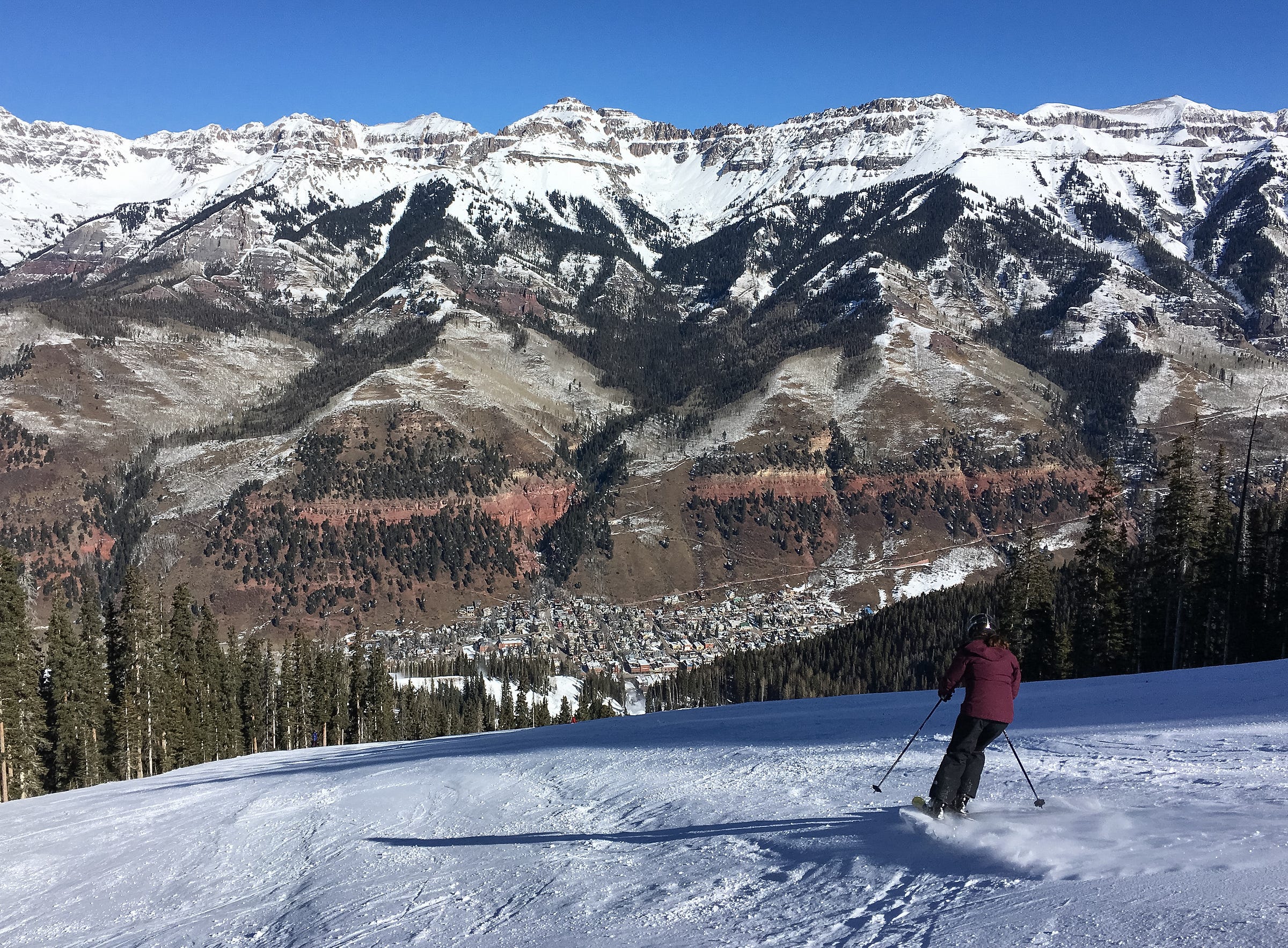
13. Travel
I wish I could tell you I’ve skied the world—the Alps, Japan, South America, New Zealand, Antarctica, Everest. In reality, nearly all of my skiing over the past few decades has been in Colorado, with occasional days in Utah, California, Wyoming, and New Mexico. I’m more of a homebody than a globetrotter, but skiing still offers wonderful opportunities to travel near and far. Just in Colorado, I’ve had so many memorable journeys, with each destination offering its own views, terrain, amenities, and memories (plus frustrations).
Had I pursued flow on Wall Street and chosen a different path, I might be writing to you on my private jet as I chase powder around the planet. But even sticking to just the American West, there are tons of ski areas still on my bucket list.
14. Play
I’ve already discussed “flow” above, but there’s another state of mind worth mentioning: play. Both of these activities can involve ego-dissolving immersion, but play is distinct from flow because it’s done for fun, non-instrumental purposes. Play is more about the intrinsic appeal of an activity that’s motivated by enjoyment and curiosity, rather than pursuing a specific goal with desired outcomes.
In the context of skiing, I like to “play” on easier slopes. I ski with one plank lifted, I spin around to go backward, I exaggerate my motions to test the physics, and I goof around with my GoPro camera. On something steep and deep, I’m not playing around: I’m seeking flow to save myself from injury or embarrassment.
If you want to learn more about play, I highly recommend Play: How it Shapes the Brain, Opens the Imagination, and Invigorates the Soul, by Stuart Brown and Christopher Vaughan. Ski with kids and you’ll quickly see that pure, unadulterated fun is a major motivator of jumps, sprays, and other hijinks.
15. Weather
Last but certainly not least, skiing is a portal into the wild world of weather, especially snow. I’m obviously a snow lover, and so much of my fascination with flakes has been acquired out on the slopes, watching frozen water take on its many forms while metamorphizing before my eyes.
But it’s so much more than just ice crystals. It’s about a deeper, even sacred connection to the constantly shifting mountain weather: the winds, the cloud formations, the rapid temperature changes, the minute-by-minute alterations in the atmospherics.
I cherish the cerulean skies of bluebird days, and I worship storms with whiteout conditions. Spending time with my head in the clouds or staring at a fresh coat of snow frosting the peaks is like the icing on the cake.


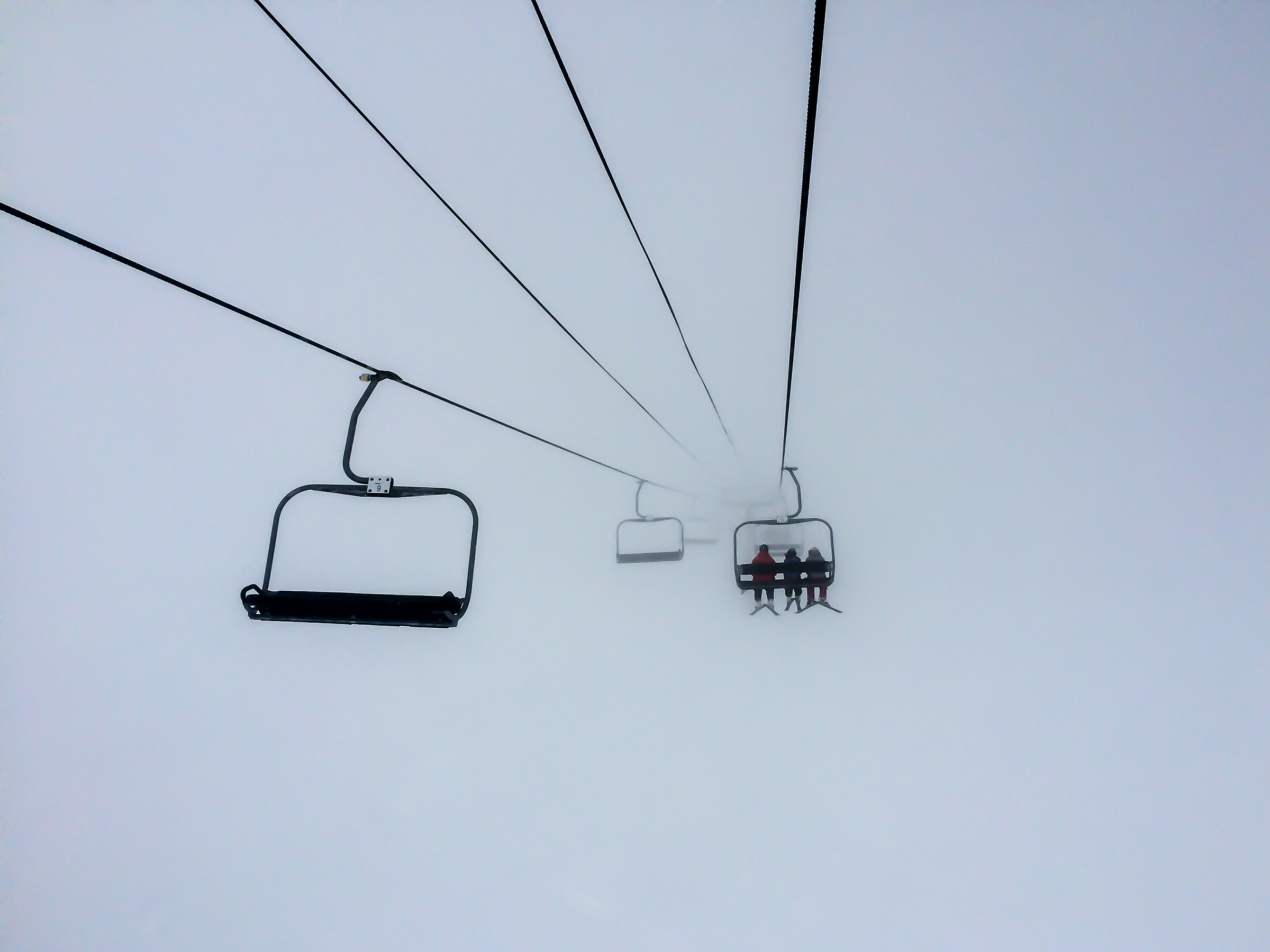
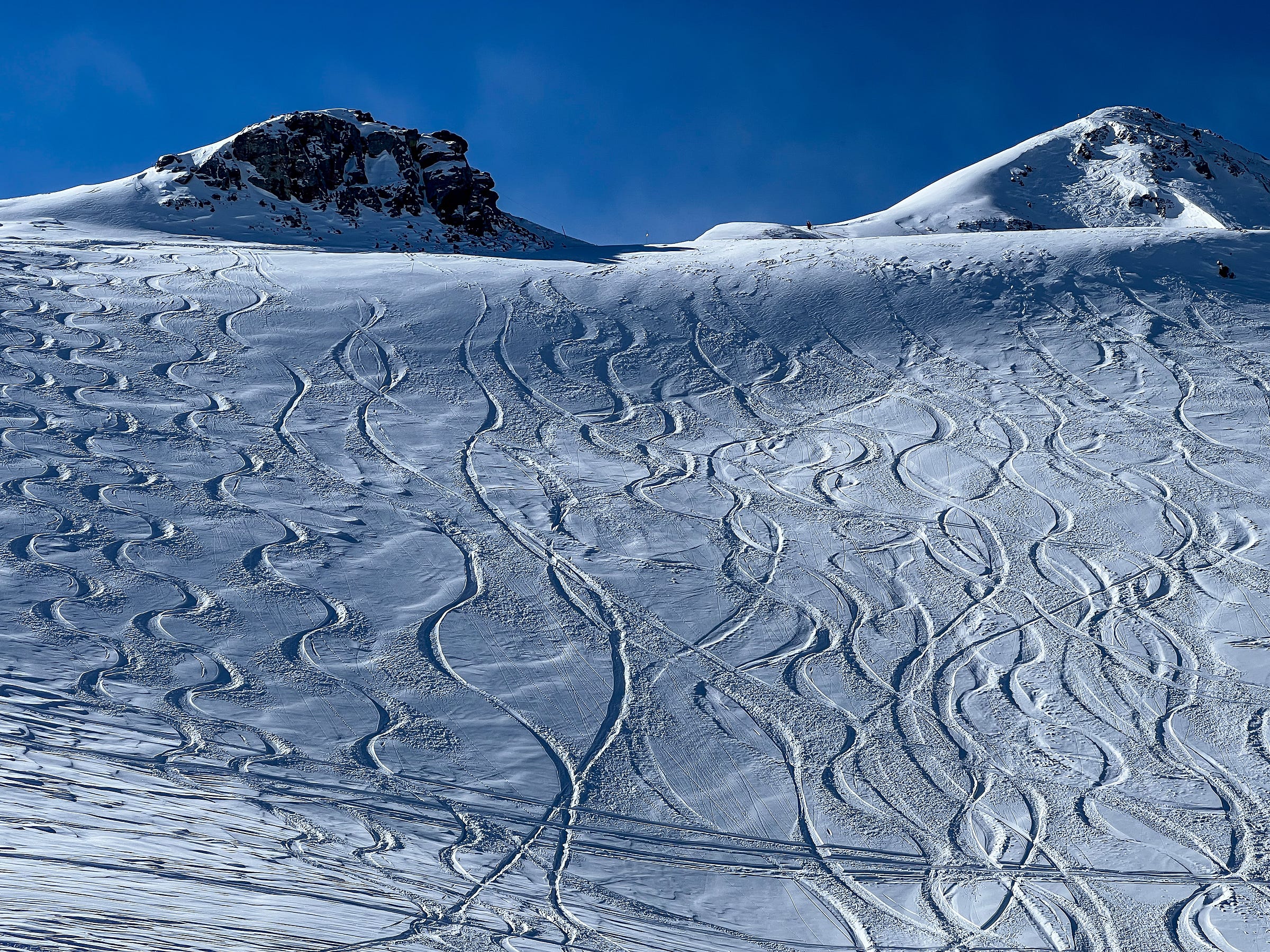

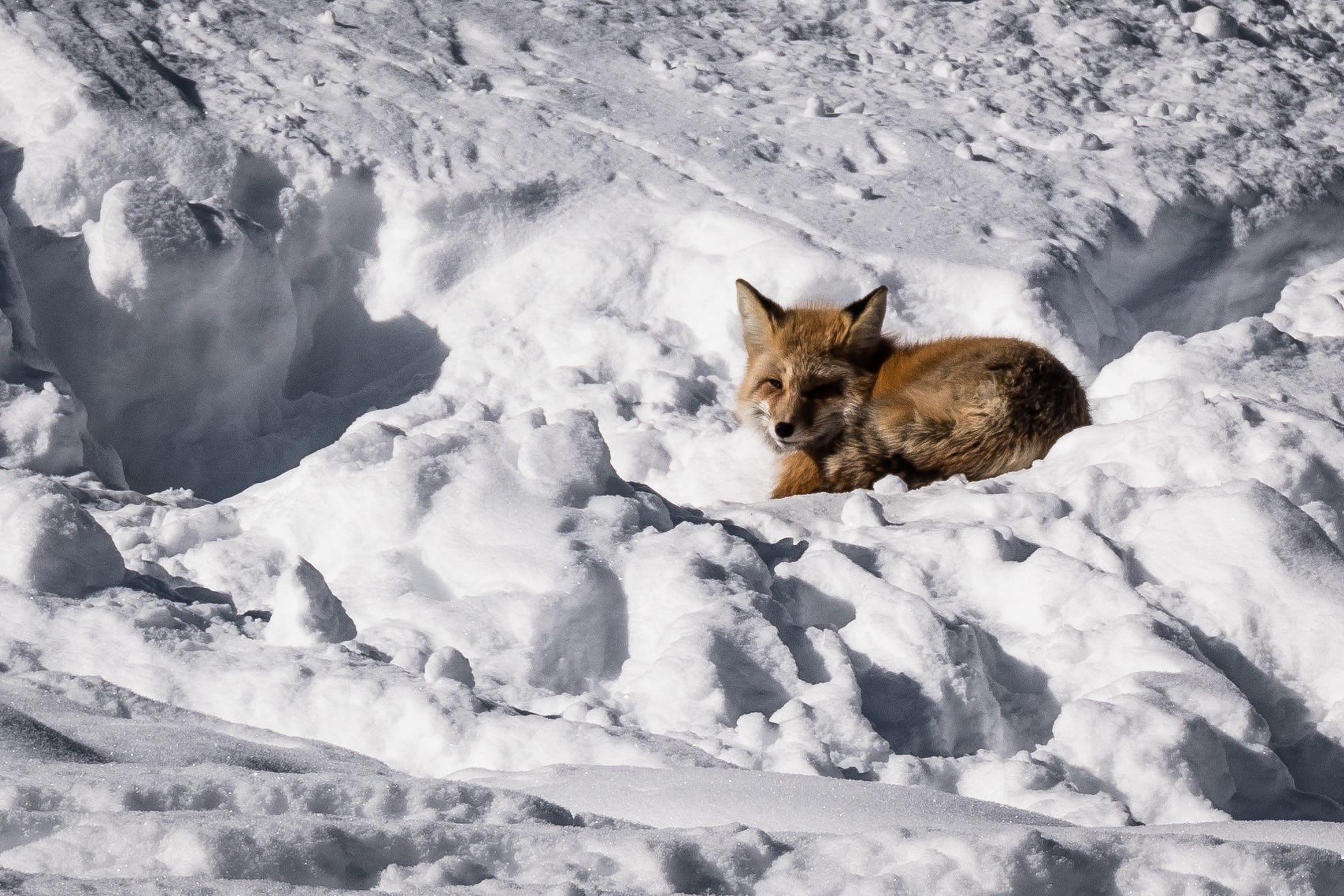


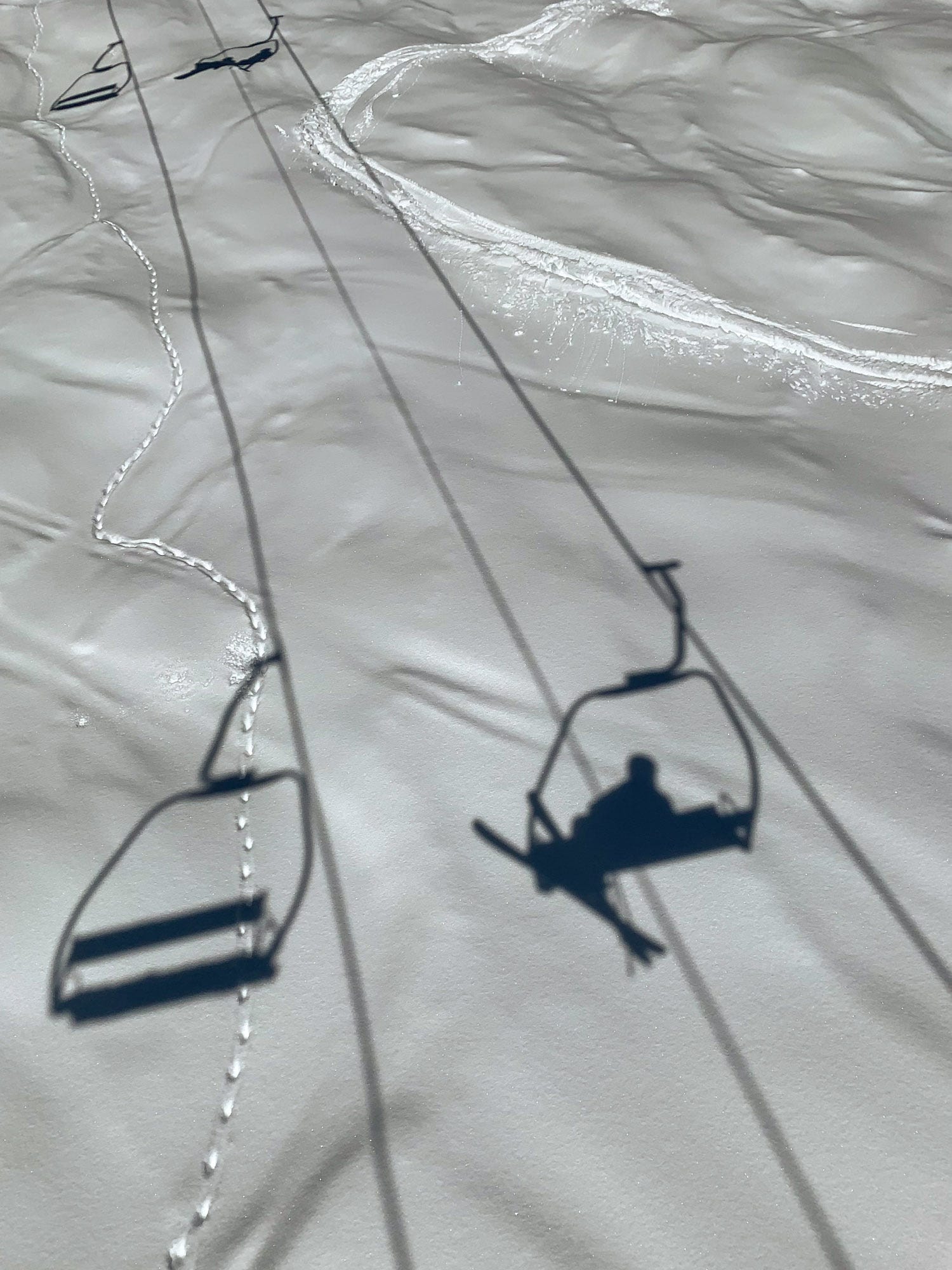
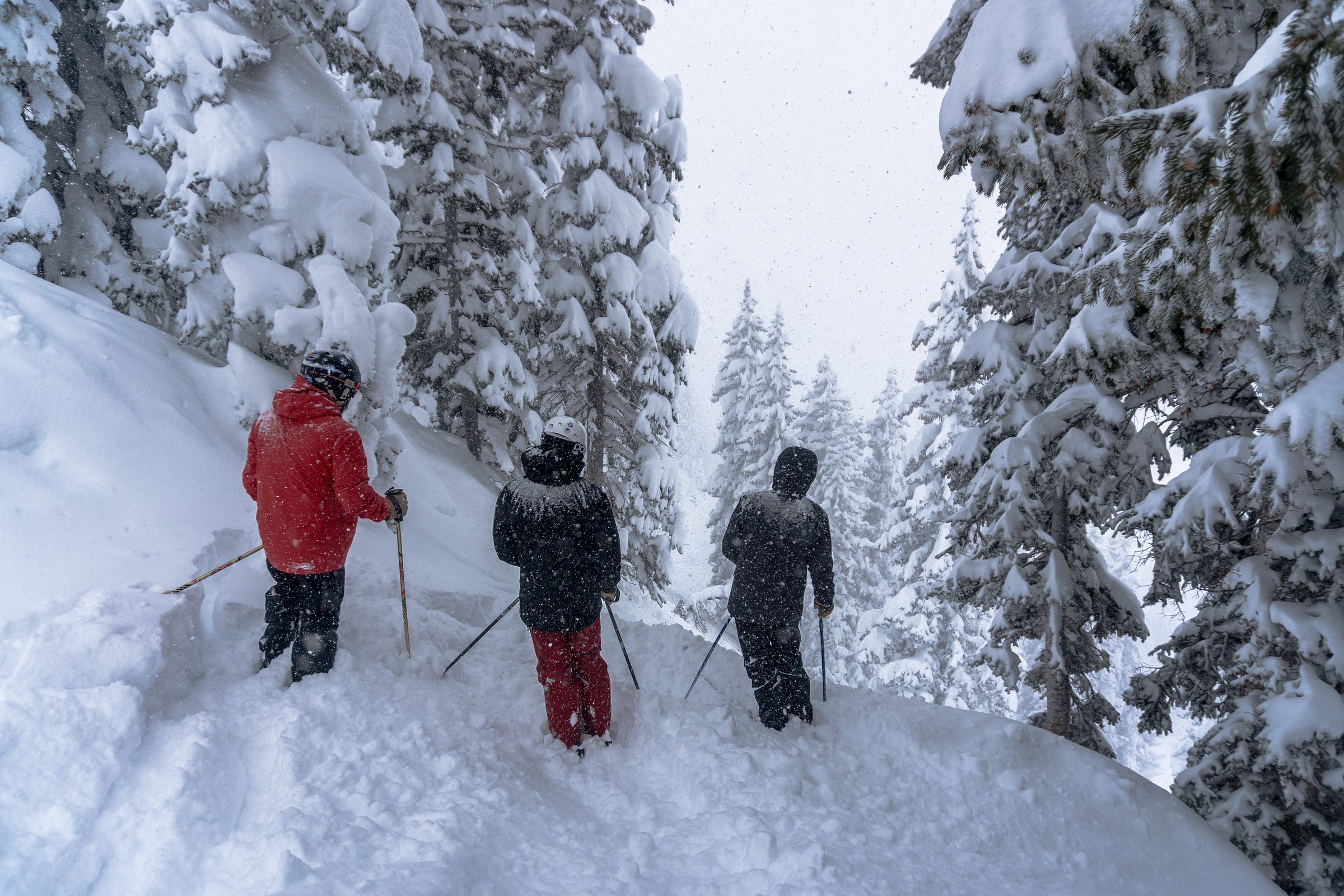



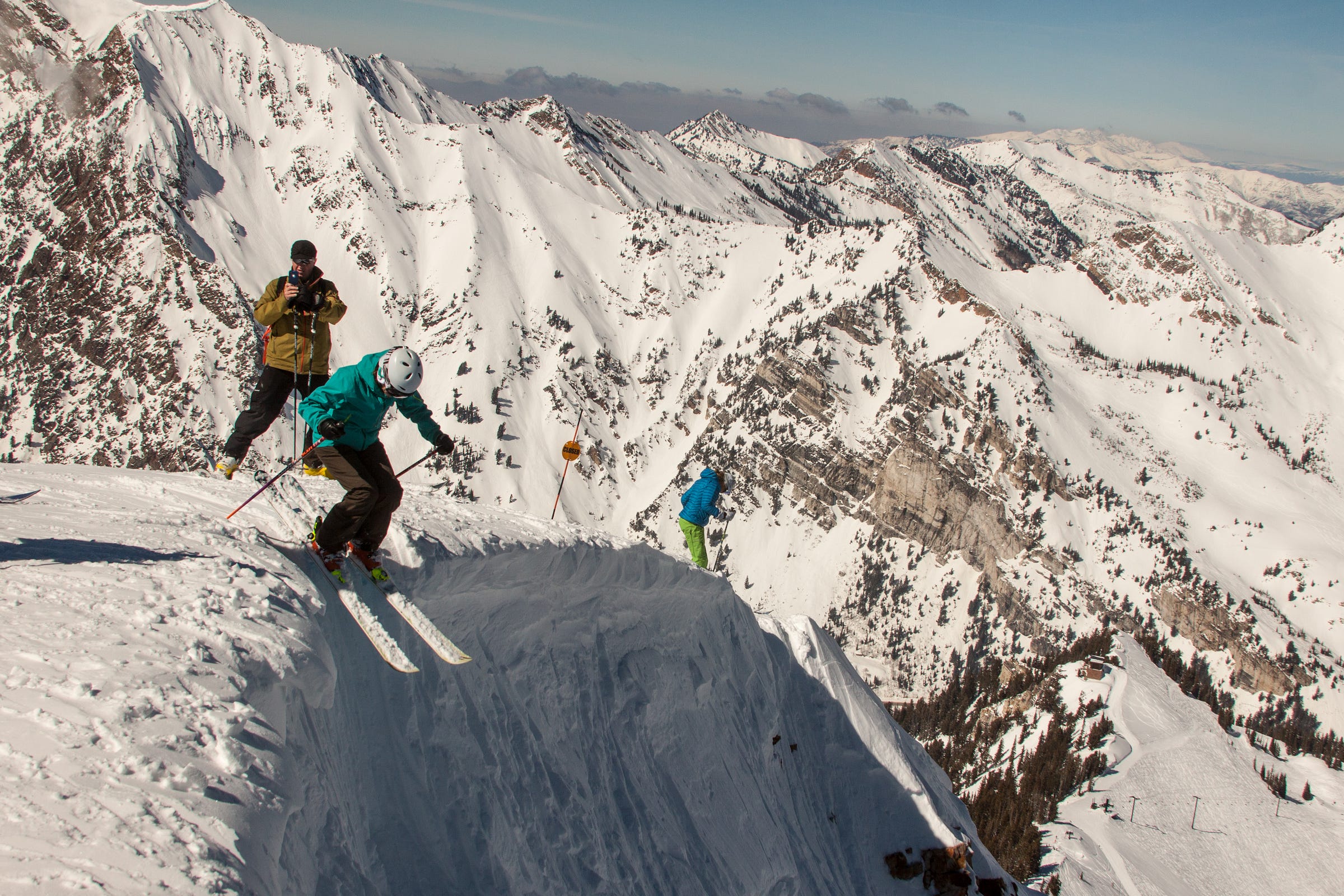

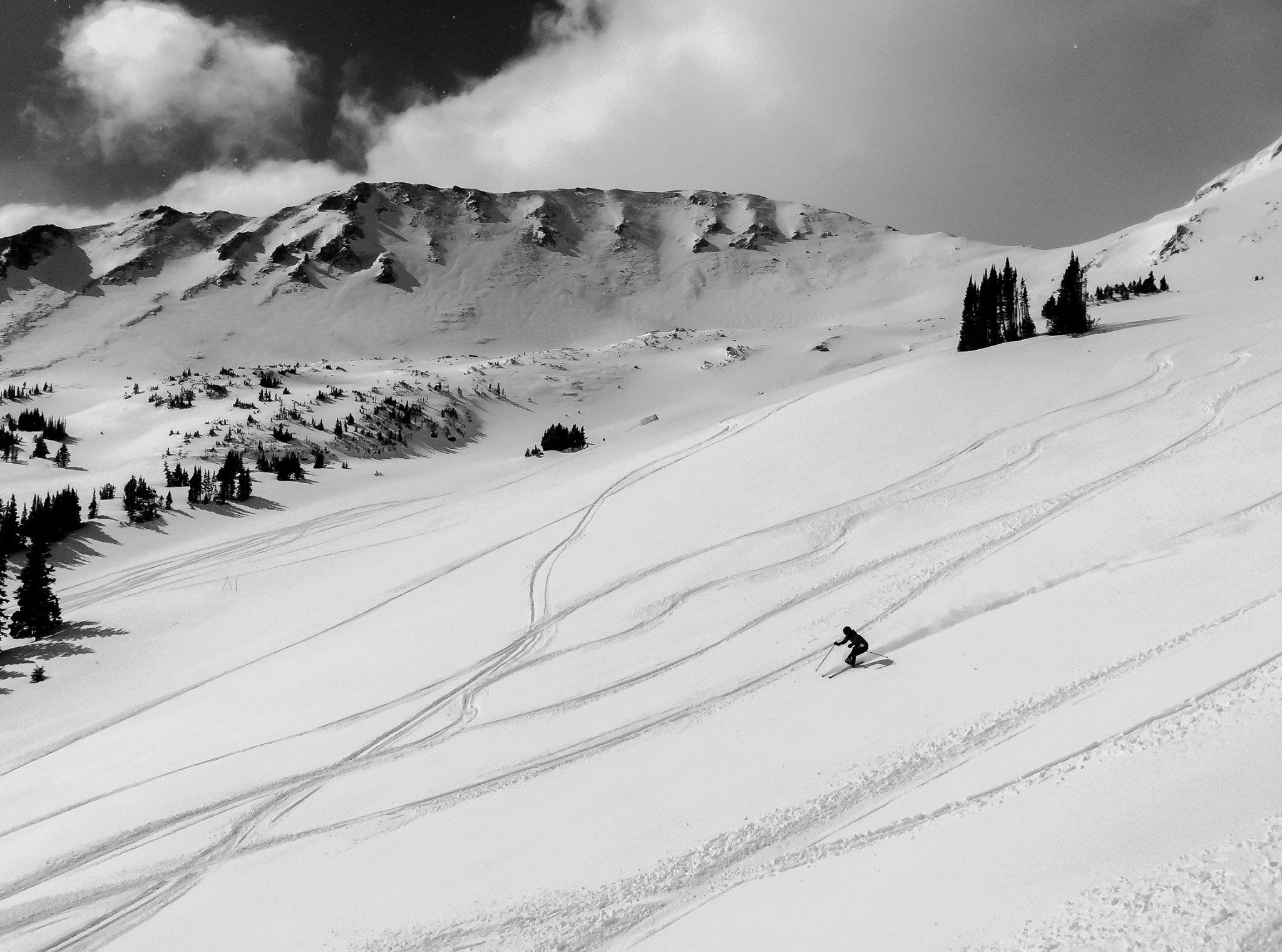
Great article and a good summary of my feelings about skiing too. I’m 73 now and especially enjoying skiing with my granddaughter, son, daughter-in-law and other friends/family. Additionally, it’s the closest thing to flying and I love it!!!
Agree with all 15 reasons. Some love skiing and are fanatical about it. I'm one. In fact, that's all I've wanted to do for 40 years but marriages, job, families kept me in the East. Dream is to spend all winter skiing out West. Still a no go, tho. Thankful I still take vacations there. Warren Miller epitomizes a ski life and it's terminal nature. Do it while you can cuz there's only so much time left.